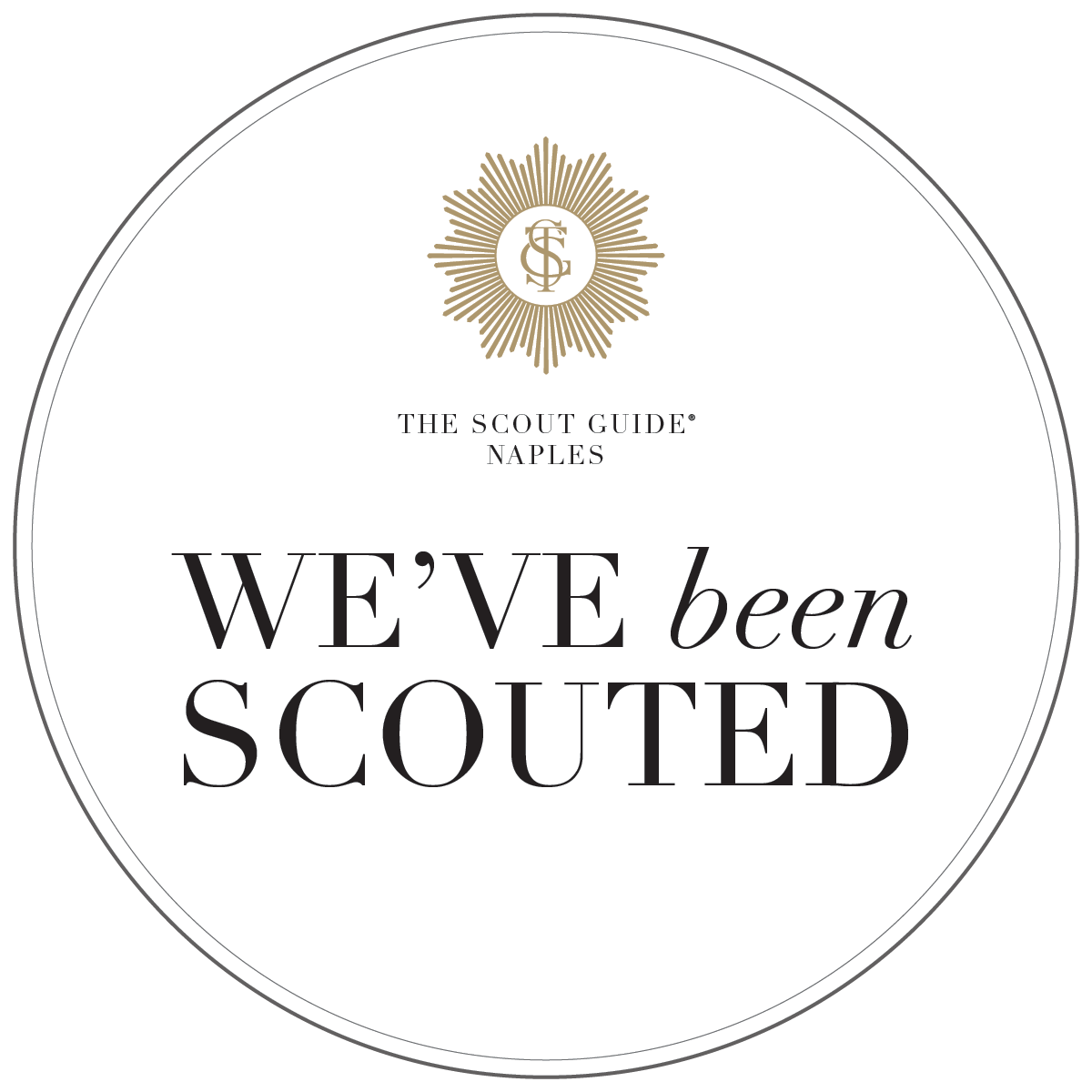Gaslighting in Marketing: How Brands Manipulate Perception and Consumer Trust
Gaslighting in Marketing: How Brands Manipulate Perception and Consumer Trust

Gaslighting is often associated with personal relationships, but its impact extends far beyond the psychological realm. In marketing, gaslighting is a manipulative strategy used to distort consumer perception, erode trust, and influence decision-making in ways that benefit brands at the expense of their audience. Whether through deceptive advertising, misleading messaging, or selective storytelling, gaslighting in marketing creates a false reality that manipulates how consumers view products, services, and even themselves.
Understanding how gaslighting tactics work in marketing is crucial for both consumers and businesses. Recognizing these strategies allows consumers to make informed choices and hold brands accountable, while ethical marketers can differentiate themselves by fostering transparency and authenticity in their campaigns.

What is Gaslighting in Marketing?
Gaslighting in marketing involves psychological manipulation, where brands intentionally distort information to make consumers question their perceptions, needs, or choices. This tactic is often used to control consumer behavior, drive unnecessary purchases, and suppress criticism by making individuals feel as if they are misinformed or irrational for doubting the brand’s messaging.
This deceptive strategy is frequently employed in:
- False Advertising – Overpromising and underdelivering to create unrealistic expectations.
- Scarcity Manipulation – Convincing consumers that products are in short supply to pressure impulsive purchases.
- Shifting Blame – Deflecting responsibility for poor products or services onto the customer’s misunderstanding.
- Contradictory Messaging – Altering claims over time, leading consumers to question their recollections.
- Emotional Manipulation – Exploiting consumer insecurities to create artificial needs.
Marketing gaslighting is designed to confuse, pressure, and disorient consumers, making them feel reliant on the brand’s narrative rather than their own judgment.
How to Recognize Gaslighting in Marketing
Being able to identify gaslighting tactics in marketing helps consumers protect themselves from manipulative persuasion while empowering ethical businesses to craft more authentic strategies.
Common Gaslighting Tactics Used by Brands
Denying Previous Claims – Brands may contradict their own messaging over time, confusing consumers. For example, a company that once touted “all-natural ingredients” might later reformulate its product with synthetic additives while denying any change.
Exploiting Consumer Insecurities – Some brands create fear-based marketing strategies that convince consumers they have a problem they didn’t previously recognize, positioning their product as the only solution.
Misleading Comparisons – Companies sometimes distort data to make their products appear superior, cherry-picking statistics or omitting critical context.
Shifting Blame onto Consumers – When facing complaints, brands might gaslight customers by insisting that negative experiences are user errors rather than product failures.
Creating False Scarcity – While genuine product scarcity exists, some brands manipulate this concept with “limited-time offers” that never end, forcing rushed decisions based on artificial urgency.
Rewriting Consumer Perception – Brands may insist that their product has always been a consumer favorite despite negative reviews or a history of recalls.
How Consumers Typically React to Marketing Gaslighting
Self-Doubt – Consumers begin questioning their own memory of a brand’s claims.
Feeling Pressured to Buy – Psychological stress forces quick purchasing decisions.
Brand Loyalty Based on Manipulation – Customers feel emotionally tied to a brand, even if it doesn’t serve their best interests.
Blaming Themselves for a Product’s Shortcomings – Rather than recognizing flaws in a brand’s offerings, consumers internalize the idea that they misunderstood the product.
Pro Tip: Before making a purchase, research multiple sources, read consumer reviews, and compare past marketing claims to present ones. Transparency is a hallmark of trustworthy brands.
How to Respond to Gaslighting in Marketing
For Consumers: Protecting Yourself from Manipulative Marketing
- Fact-Check Marketing Claims – Look for third-party reviews, independent testing, and past advertisements to verify a brand’s consistency.
- Be Skeptical of Fear-Based Advertising – If a brand is making you feel anxious, pressured, or insecure, step back and evaluate whether the concern is genuine or manufactured.
- Save Screenshots of Brand Claims – Many companies subtly alter their promises over time. Keeping records can help expose inconsistencies.
- Trust Your Instincts – If something feels misleading, it likely is. Trust your own experiences rather than a brand’s forced narrative.
For Businesses: Creating Ethical Marketing Strategies
- Maintain Consistency in Messaging – Honesty builds trust. Avoid contradicting past claims to prevent consumer confusion.
- Acknowledge Mistakes Openly – Consumers appreciate transparency. If a mistake occurs, own up to it rather than shifting blame.
- Educate Instead of Manipulate – Ethical marketing should inform consumers rather than deceive them into buying through emotional pressure.
- Encourage Customer Reviews – Unbiased feedback builds credibility and helps ensure your messaging aligns with actual experiences.
Pro Tip: If a brand frequently edits its past advertising claims or avoids direct answers when questioned, this is a red flag that they may be gaslighting their audience.
Conclusion: Ethical Marketing Builds Lasting Consumer Trust
Gaslighting in marketing is a serious ethical issue that distorts consumer perception and erodes trust. While deceptive brands may see short-term success, long-term loyalty is built on honesty, transparency, and authenticity. Consumers who recognize gaslighting tactics can make more informed purchasing decisions, while brands that prioritize ethical marketing practices will stand out in a crowded marketplace.
By staying vigilant, questioning manipulative tactics, and supporting brands that value integrity, consumers can push back against marketing gaslighting while fostering a more honest and accountable marketplace.
Perfect Six Marketing: Driving Brand Success with Strategic Innovation
At Perfect Six Marketing, we believe in authentic, transparent marketing that resonates with audiences rather than manipulating them. As a results-driven agency, we specialize in marketing, advertising, PR, and digital strategy, helping brands build credibility while maximizing visibility.
Our approach focuses on long-term growth, equipping businesses with the tools to thrive in an increasingly competitive market. From SEO and website development to social media management and PR campaigns, we deliver customized, ethical marketing solutions that foster genuine brand loyalty.
Discover more at Perfect Six Marketing.
Frequently Asked Questions (FAQ)
1. How common is gaslighting in marketing?
Gaslighting in marketing is more prevalent than many realize. Brands across various industries use subtle psychological manipulation to influence consumer behavior, from exaggerated health claims in the wellness industry to fear-based tactics in financial and security services.
2. Can gaslighting be unintentional in marketing?
Yes, sometimes brands unintentionally mislead consumers due to poor communication, inconsistent messaging, or failure to update marketing materials. However, when companies intentionally distort information, it becomes a manipulative practice.
3. What industries use gaslighting in marketing most frequently?
Industries that rely heavily on emotional persuasion, such as beauty, wellness, weight loss, financial services, and fast fashion, often use gaslighting tactics to create urgency and dependency.
4. How can I verify a brand’s claims?
Compare marketing claims against independent sources, third-party reviews, past advertisements, and consumer experiences. Transparency is key—ethical brands are consistent and upfront about their products.
5. Are there legal consequences for brands that use deceptive marketing tactics?
Yes, false advertising laws exist to protect consumers, and regulatory bodies like the Federal Trade Commission (FTC) penalize companies engaging in misleading marketing. However, some brands operate in gray areas, making it essential for consumers to stay informed.
Understanding gaslighting in marketing is the first step in becoming an empowered consumer and promoting ethical business practices. By staying informed, questioning inconsistencies, and supporting brands committed to honesty, we can create a more transparent, consumer-friendly marketplace.















